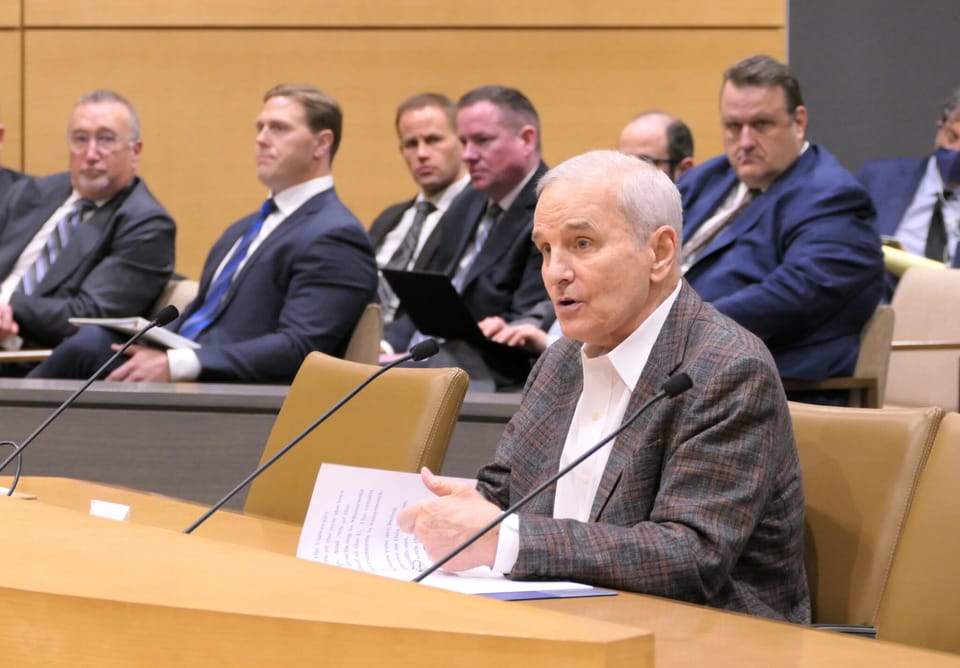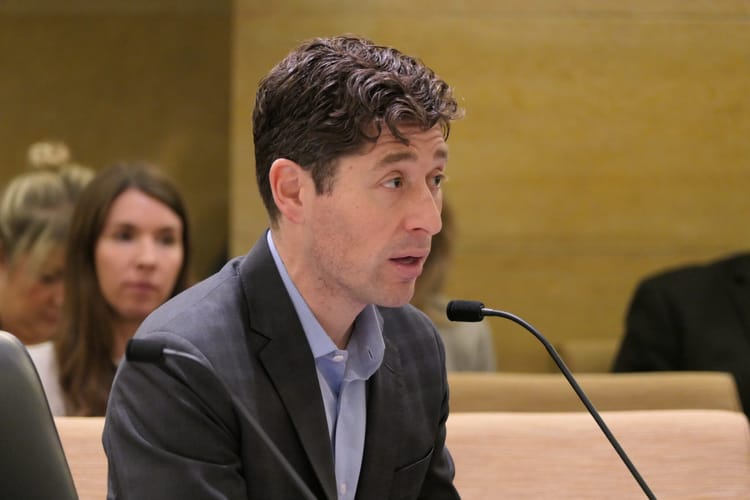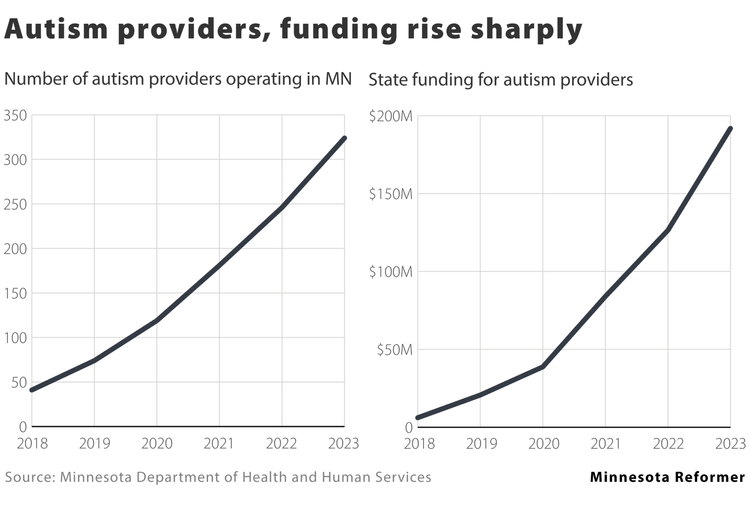How Minnesota lawmakers helped stop a harmful hospital merger

By Pat Garofalo, Minnesota Reformer
Editor’s note: The author is not the same person as state Rep. Pat Garofalo, R-Farmington.
Late last month, the Minnesota-based hospital system Fairview Health Systems announced that it was pulling the plug on a proposed merger with South Dakota-based Sanford Health Services. This marked the second time these two health care systems had failed to consummate a merger, the first occurring back in 2013.
This time, they cited a lack of support from “certain stakeholders” as the motivating factor. Indeed, the merger had caused quite a bit of concern across Minnesota from labor unions, elected officials, antitrust enforcers, and most importantly, everyday residents worried about the increasing price and growing inaccessibility of health care services.
And they were absolutely right to be worried: Hospital mergers in general, and these merging partners in particular, have a history of prioritizing dollars before patients and communities. The effort to scrutinize the Fairview-Sanford merger — and the steps elected lawmakers in Minnesota took to ensure that patients and workers would not see their livelihoods or health care access negatively affected — is a model other states and policymakers should follow.
The United States has the highest health care prices in the developed world, and hospital prices play a large role in that sad standard setting, receiving $1 in $3 dollars spent. Consolidation is a key factor in those high prices: The Federal Trade Commission’s Bureau of Economic Analysis has said that these consolidated hospitals charge as much as 40-50% more than hospitals in more competitive markets. Other studies have found similar results: Hospitals in markets with fewer competitors charge patients more; markets with one hospital are more expensive than those with two, which are more expensive than those with three, and on and on.
But that’s far from the only downside of consolidated hospital power. In concentrated hospital markets, wages paid to health care workers are lower, access is limited, and ultimately, health outcomes for patients are worse.
The proposed Fairview-Sanford merger also brought two distinct wrinkles that had local leaders rightfully concerned. First, Fairview’s relationship with the University of Minnesota meant the merger could have brought the main Minnesota teaching hospital under the purview of an out-of-state corporation.
Indeed, the whole transaction reeked of an effort to bring Fairview under the regulatory regime of South Dakota, getting Fairview out of the crosshairs of Minnesota regulators who were not happy with, for example, the hiring of goonish debt collectors to threaten patients. These “cross market mergers,” as they’re known, are increasingly popular as a form of regulatory forum shopping, allowing hospital executives to essentially pick which state’s regulatory system they’d prefer to operate under — a recipe for less oversight, laxer rules, and harm to patients.
To their credit, Minnesota lawmakers did yeoman’s work to protect the health of their constituents. Attorney General Keith Ellison, whose office has the power to investigate proposed mergers, launched a listening tour across the state to give residents and health care workers the space to voice their concerns.
The Legislature held a series of hearings, as well, which resulted in one of the most important pieces of legislation to become law anywhere in the country this year. Chief authored by Sen. Melissa Wiklund, DFL-Bloomington, and Rep. Robert Bierman, DFL-Apple Valley, the law gives the Minnesota attorney general the power to reject a proposed health care merger if it would result in decreased quality of care or reduced access for patients, or if it would have negative effects on the health care workforce in the state, such as decreased wages or degraded working conditions.
These new rules gave Minnesota officials the authority to properly scrutinize the merger — which the hospitals’ executives clearly felt their deal couldn’t survive – and they set Minnesota up to be a national leader in addressing the harms of hospital consolidation writ large. And the new rules acknowledge — unlike much of federal and state antitrust law and precedent — that those harms go beyond prices to wages, working conditions and access to both general and specialized health care services.
In addition to adopting similar rules to Minnesota to govern hospital mergers, state legislators can take several other important steps to address hospital consolidation in order to better protect patients and workers. These include: Requiring more merging parties to file with state antitrust enforcers; repealing state rules that protect hospitals from federal merger scrutiny; and limiting their ability to demand anticompetitive contracts with insurers.
Policies like these, and commitment to passing them into law as in Minnesota, will help ensure that hospital consolidation is reined in and that communities don’t see the health care facilities upon which they depend gouge them on care or simply disappear.
Minnesota Reformer is part of States Newsroom, a network of news bureaus supported by grants and a coalition of donors as a 501c(3) public charity. Minnesota Reformer maintains editorial independence. Contact Editor Patrick Coolican for questions: info@minnesotareformer.com. Follow Minnesota Reformer on Facebook and Twitter.





Member discussion